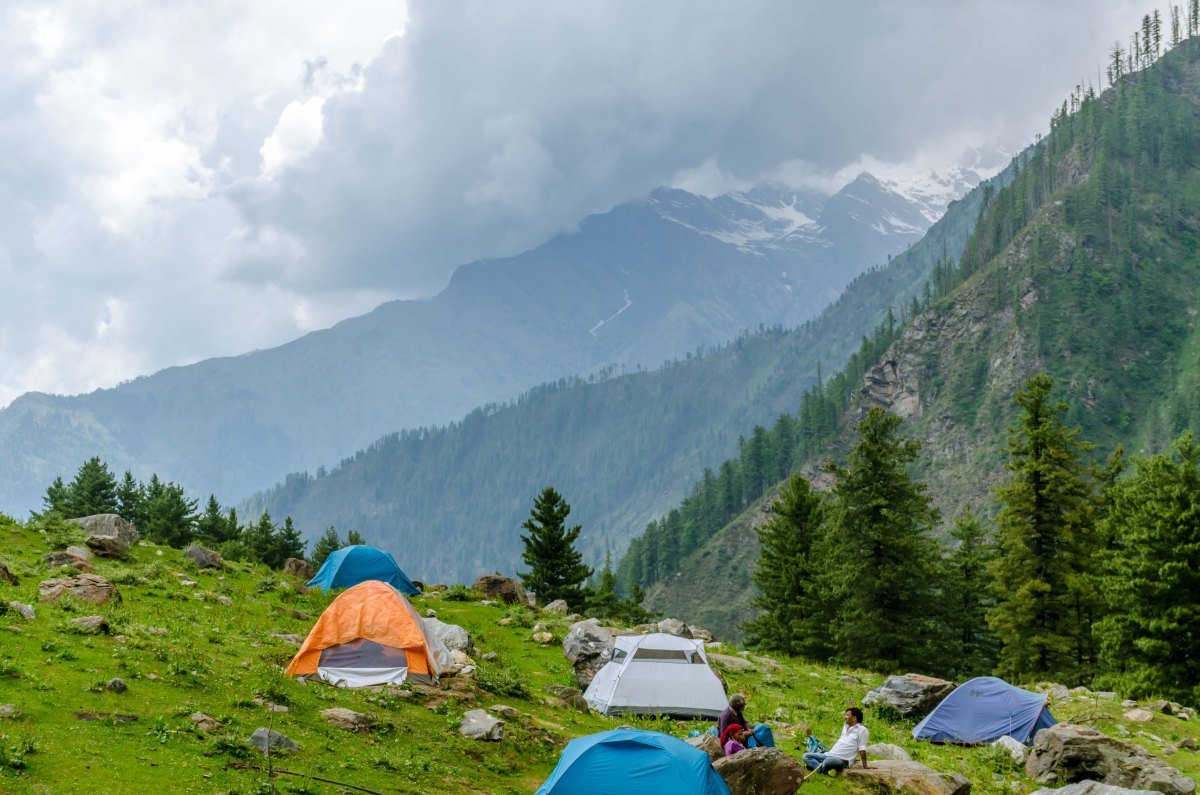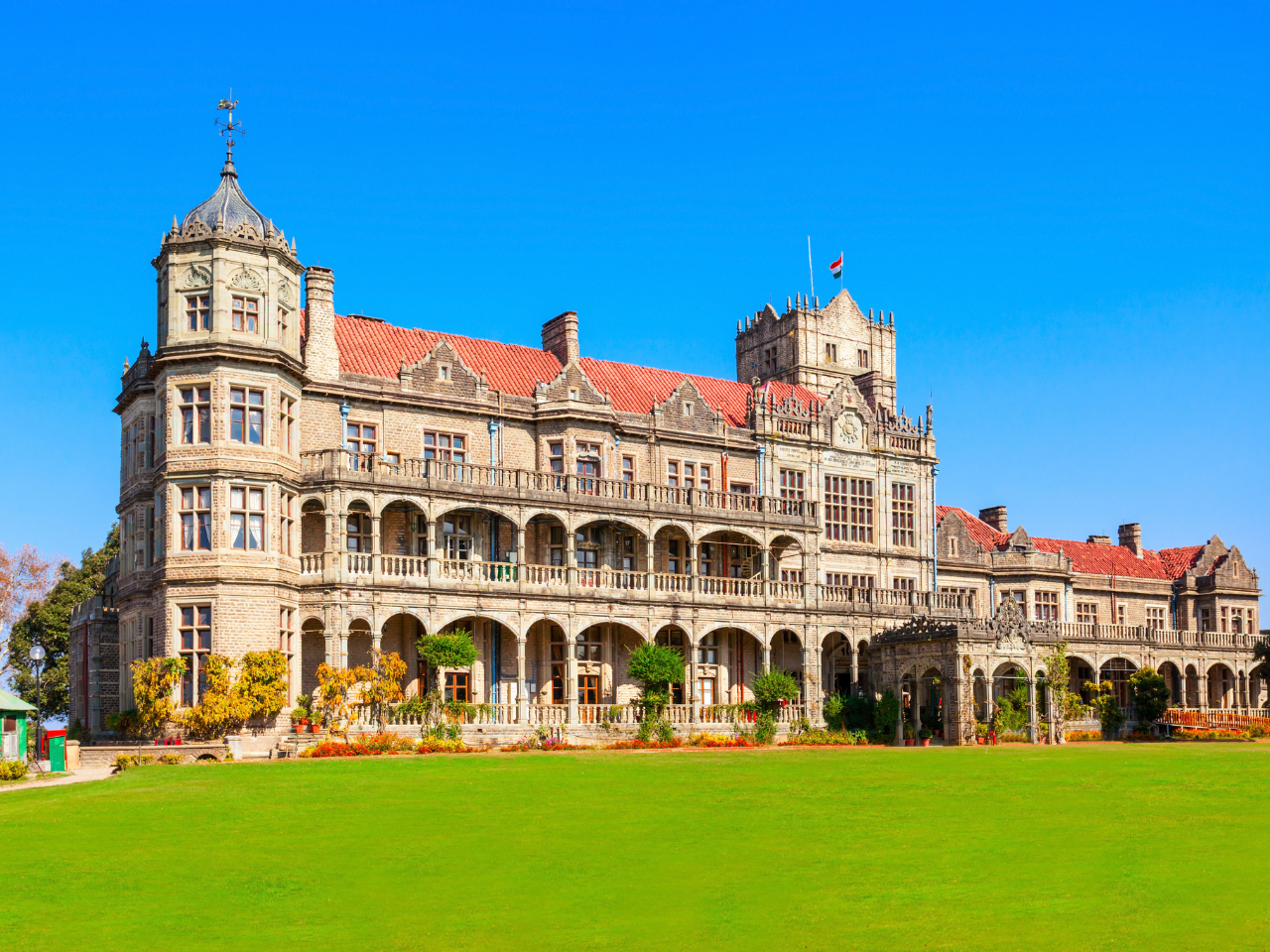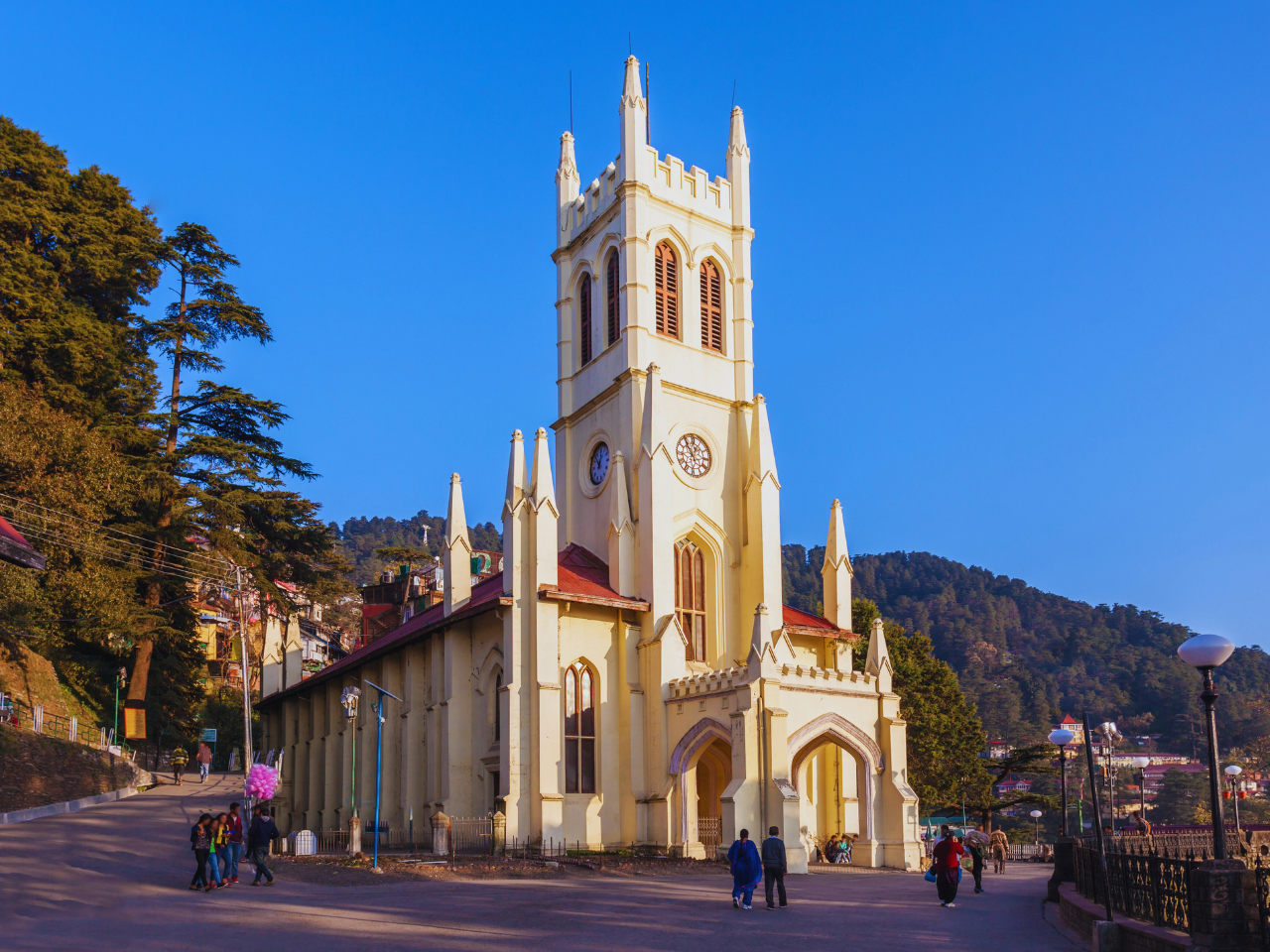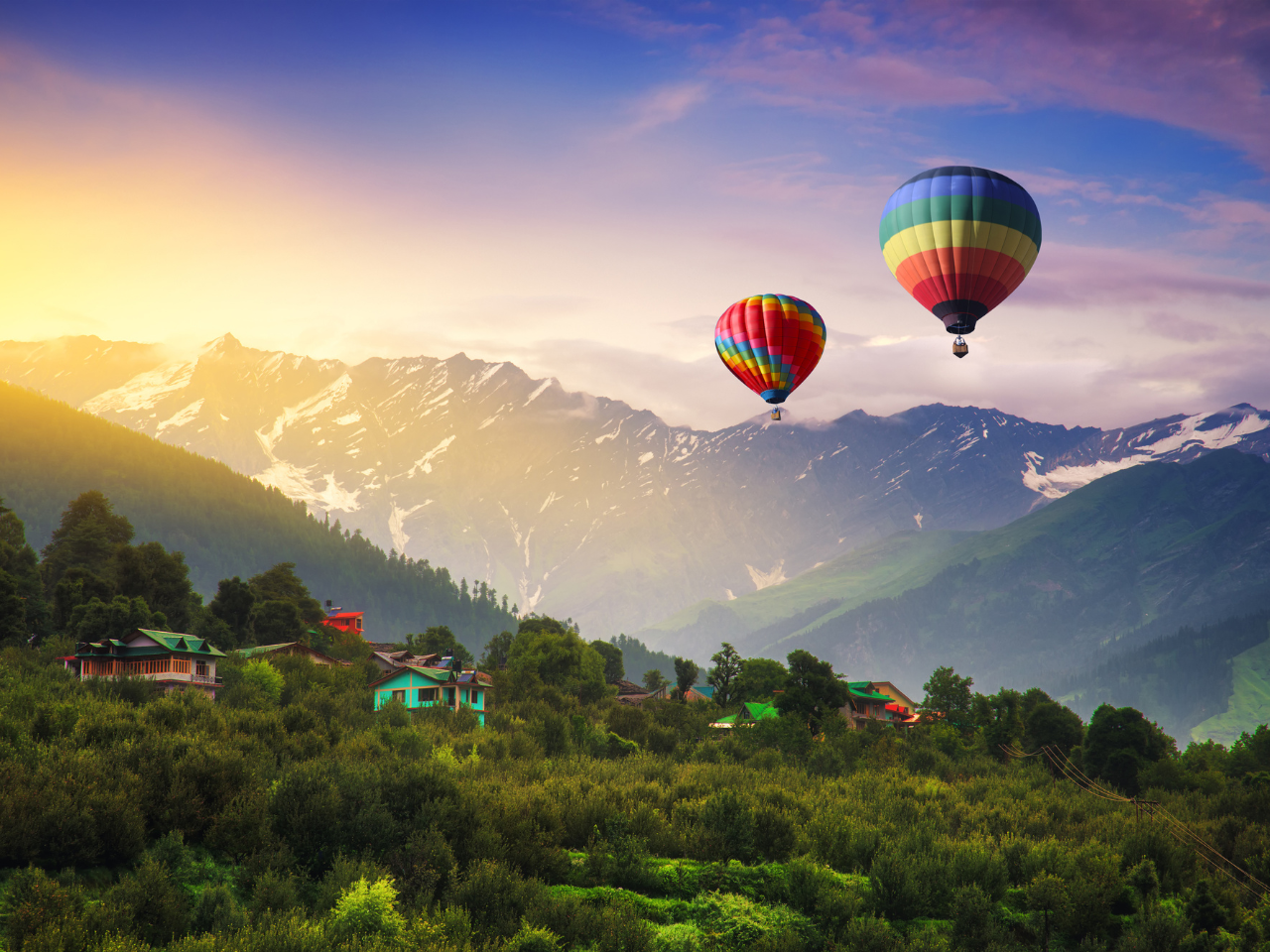Best Time to Visit Kasol
Best Time To Visit Kasol
Kasol, nestled amidst the majestic Parvati Valley in Himachal Pradesh, is a haven for nature lovers, adventure seekers, and those yearning for a laid-back escape. Often dubbed the “Mini Israel” of India, Kasol offers a unique blend of hippie vibes, charming cafes, and breathtaking Himalayan scenery. But with its varied terrain and distinct seasons, the ideal time to visit Kasol depends on the experiences you seek.
This guide unveils the magic of Kasol throughout the year, empowering you to choose the season that perfectly aligns with your travel desires.
Spring (March to May): Nature’s Awakening
Spring paints Kasol in a vibrant palette. Rhododendrons, with their fiery hues of red and pink, erupt on the hillsides, creating a breathtaking spectacle. The weather is pleasantly warm, with average temperatures ranging from 10°C (50°F) to 22°C (72°F). Crystal-clear skies offer unobstructed views of the snow-capped peaks that begin to shed their winter coats.
Highlights:
- Blooming Brilliance: Witness the vibrant display of rhododendrons and other spring flowers.
- Pleasant Weather: Enjoy comfortable temperatures for outdoor activities like trekking, hiking, and exploring the Parvati Valley.
- Cultural Delights: Immerse yourself in the vibrant Baisakhi festival, celebrating the Sikh New Year.
Ideal for: Travelers seeking comfortable weather for outdoor exploration, nature enthusiasts who want to witness the spring blooms, and those interested in experiencing a local cultural celebration.
Things to Consider:
Early Season: Some higher altitude treks might still have snow patches, so check trail conditions before venturing out.
Summer (June to August): Lush Embrace of the Monsoon
MAR-MAY
10°C (50°F) to 22°C (72°F)
JUN-AUG
15°C (59°F) to 28°C (82°F)
DEC-FEB
0°C (32°F) to 10°C (50°F)
Summer brings the monsoon season to Kasol. Lush greenery engulfs the landscape, transforming the valleys into a verdant paradise. Waterfalls cascade down the hillsides, their roar echoing through the valleys. While occasional showers may occur, they usually come as brief bursts, leaving the air refreshingly cool. Average temperatures range from 15°C (59°F) to 28°C (82°F).
Highlights:
- Emerald Embrace: Immerse yourself in the verdant beauty of the monsoon season.
- Waterfall Wonders: Explore cascading waterfalls and hidden streams near Kasol.
- Adventure Activities: Depending on water levels, embark on thrilling river rafting adventures on the Beas River.
Ideal for: Travelers seeking a tranquil escape amidst lush landscapes, those who enjoy the refreshing coolness of the monsoon season, and adrenaline junkies looking for river rafting adventures.
Things to Consider:
- Potential for Landslides: Be aware of the possibility of landslides during heavy monsoon rains, especially when planning hikes or treks.
- Limited Visibility: Monsoon showers might occasionally limit your views of the surrounding mountains.
Autumn (September to November): A Tapestry of Golden Hues
Autumn transforms Kasol into a wonderland of color. The verdant foliage gives way to a warm palette of yellows, oranges, and reds, creating a breathtaking backdrop. The skies remain clear, offering spectacular views of the Himalayas now adorned with fresh snowfall on the peaks. Average temperatures range from 10°C (50°F) to 20°C (68°F).
Highlights:
- A Tapestry of Colors: Witness the mesmerizing display of autumn foliage.
- Pleasant Weather: Enjoy comfortable temperatures for outdoor pursuits like trekking and sightseeing.
- Cultural Delights: Immerse yourself in the vibrant Dussehra celebrations, a Hindu festival marking the triumph of good over evil.
Ideal for: Travelers seeking comfortable weather for outdoor activities, photographers looking to capture the stunning autumnal landscapes, and those interested in experiencing vibrant local festivals.
Winter (December to February): A Serene Embrace
Winter drapes Kasol in a cool and misty charm. The temperature dips considerably, with average temperatures ranging from 0°C (32°F) to 10°C (50°F). However, the skies are at their clearest, offering unparalleled views of the snow-capped peaks. This season offers a quieter and more introspective experience.
Highlights:
- Winter Wonderland: Witness the beauty of snow-covered landscapes in the Parvati Valley.
- Clear Skies: Capture stunning photographs of the snow-capped Himalayas.
- Tranquil Escape: Experience the serenity of Kasol during the off-season, enjoying cozy cafes and the peaceful ambiance.
Ideal for: Travelers seeking a quieter and more secluded experience, those who enjoy winter landscapes, and stargazers who can take advantage of the clear night skies.
Things to Consider
- Chilly Weather: Pack warm clothing and proper winter gear for the harsh conditions.
- Limited Services: Some tourist facilities and activities may have limited availability during winter, with some cafes and shops potentially closed.
- Accessibility: Higher altitude areas and some treks might be inaccessible due to heavy snowfall.
Beyond the Seasons: Planning Your Perfect Kasol Escape
While the seasons offer distinct experiences, Kasol’s charm transcends the calendar. Here are some additional factors to consider when planning your trip:
- Festivals and Events: Kasol hosts various festivals throughout the year, like Holi (festival of colors) and Tosh Winter Festival, adding a vibrant touch to your visit. Research upcoming events to align with your interests.
- Adventure Activities: Kasol offers a range of adventure activities year-round, from trekking in the Parvati Valley (depending on weather conditions) to paragliding and mountain biking (seasonal availability). Choose activities that suit your fitness level and the time of year.
- Accommodation: Kasol offers a variety of accommodation options, from budget-friendly guesthouses to luxurious riverside resorts. Consider your preferences for comfort and location when booking.
Kasol: A Year-Round Destination
Kasol beckons travelers with its unique blend of natural beauty, laid-back vibes, and adventure opportunities. Regardless of the season, you’re guaranteed a captivating experience. Whether you seek vibrant spring blooms, the refreshing embrace of the monsoon, or the tranquility of a winter wonderland, Kasol has something special to offer. So, pack your bags, choose the season that resonates with you, and embark on your unforgettable adventure in the heart of the Himalayas.
More Best Time to Visit

Get Your Best Tour Experience
Customer Speak
Best Seller Package Himachal
Things to Do in Himachal
Explore More About Himachal
Reaching Himachal Pradesh, a state in northern India known for its stunning landscapes and beautiful mountainous regions, can be done via various modes of transportation, including air, rail, and road. The specific method of travel will depend on your starting location and personal preferences. Here are the common ways to reach Himachal Pradesh:
By Air:
- The nearest major airport is the Shimla Airport (Jubbarhatti Airport), located approximately 23 kilometers from Shimla, the capital of Himachal Pradesh. Flights from major Indian cities like Delhi and Chandigarh connect to Shimla.
- Alternatively, you can also opt for the Kullu-Manali Airport (Bhuntar Airport), which is about 50 kilometers from Manali. Flights operate to this airport from Delhi and Chandigarh.
By Rail:
- The major railway station in Himachal Pradesh is Kalka Railway Station, located in the town of Kalka. It is well-connected to various parts of India. From Kalka, you can take the UNESCO World Heritage-listed Kalka-Shimla Toy Train, a scenic narrow-gauge railway that takes you to Shimla.
- Another option is to reach Chandigarh Railway Station, which is a major rail hub and has good connectivity to other parts of the country. From Chandigarh, you can take a taxi or bus to reach different parts of Himachal Pradesh.
By Road:
- Himachal Pradesh is well-connected by road to major cities and states. You can opt for a bus, taxi, or self-drive.
- If you are coming from Delhi, you can take the NH44 route that connects Delhi to Shimla, passing through Chandigarh and Kalka.
- If you are coming from Chandigarh, you can take NH5 which leads to Shimla or NH205 for Kullu and Manali.
- There are numerous state-run and private buses that operate from nearby states and cities to different destinations in Himachal Pradesh.
By Train and Bus Combined:
- Some areas of Himachal Pradesh, like Manali, do not have direct train connectivity. In such cases, you can reach Chandigarh by train and then take a bus or hire a taxi to reach your destination within Himachal Pradesh.
The best time to visit Himachal Pradesh, India, is during the months of March to June and September to November.
Spring (March to June)
This season offers pleasant weather with temperatures ranging from 15°C to 30°C in most regions. The hill stations like Shimla, Manali, and Dharamshala are adorned with blooming flowers, lush greenery, and clear skies, making it ideal for sightseeing, trekking, and enjoying outdoor activities.
Autumn (September to November):
During this period, the weather is still pleasant with temperatures between 10°C to 25°C. The monsoon showers have passed, leaving behind fresh and vibrant landscapes. It is a great time to witness the post-monsoon beauty of the region, especially in places like Kullu, Spiti Valley, and Kinnaur.
For Snow Lovers :
The winter months (December to February) are quite cold and often accompanied by heavy snowfall. If you want to enjoy unforgettable moments witnessing snowfall, don’t miss this season.
Popular destinations in Himachal Pradesh include Shimla, Manali, Dharamshala, Kullu, Spiti Valley, Kasol, McLeod Ganj, Kasauli, and Dalhousie.
The best way to reach Himachal Pradesh is by air to Shimla or Dharamshala, or via road or train routes.
Yes, Himachal Pradesh offers excellent trekking opportunities with diverse trails, beautiful landscapes, and varying difficulty levels for adventurers.
Yes, Himachal Pradesh has direct flights to Kangra Airport and Bhuntar Airport, connecting to major Indian cities like Delhi.
Yes, Himachal Pradesh offers affordable accommodations, local cuisine, and budget-friendly activities, making it a great destination for budget travelers.
- Himachal Pradesh is a state in the northern part of India, known for its picturesque landscapes and abundant natural beauty.
- It is often referred to as the “Land of Gods” due to its numerous temples and religious significance.
- Shimla is the capital city of Himachal Pradesh, famous for its colonial architecture and as a popular hill station.
- The state is renowned for its adventure tourism, offering activities like trekking, skiing, paragliding, and rafting.
- Himachal Pradesh is home to the Great Himalayan National Park, a UNESCO World Heritage Site known for its diverse flora and fauna.
- The region is also known for its apple orchards, making it a significant producer of apples in India.
- It has a unique tradition of “Devi Devta” or local gods and goddesses, and every village typically has its own deity.
- Himachal Pradesh is the second least populous state in India, making it one of the least densely populated states in the country.
- The state boasts a rich cultural heritage with a blend of Tibetan, Hindu, and Buddhist influences, particularly in places like Dharamshala and McLeod Ganj.
- Himachal Pradesh has a significant influence of Buddhism, and places like Spiti and Lahaul are known for their Buddhist monasteries and culture.






